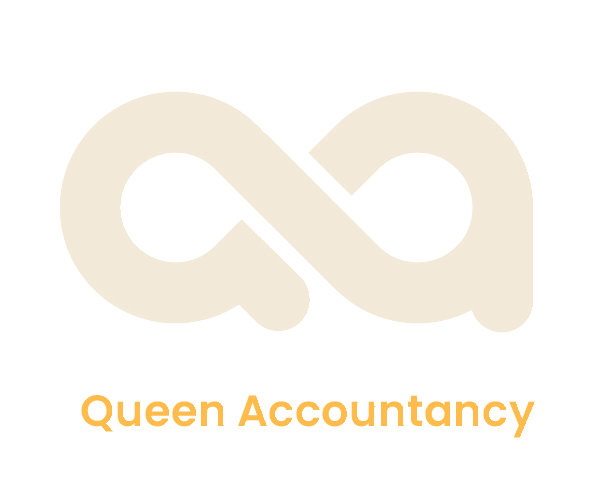What is Gross Profit?
This is a measure of profit calculated when you deduct direct costs (also know as cost of goods sold) from revenue
What is Net Profit?
This is the amount of revenue that a company keeps after all of its expenses and taxes have been paid.
What is Net Profit Margin ?
This is the percentage of revenue that the company keeps.
If a company turns over £100,000 and keeps a net profit of £20,000, the net profit margin would be 20%.
Net Profit Margin = (Net Profit ⁄ Total revenue) x 100
What is Operating Profit?
This is the amount of revenue before the deduction of interest and taxes.
Gross Profit – Operating Expenses
You only subtract expenses that are directly related to the running of the business.
This includes things like direct material cost, employee salaries, accounting fees, advertising and marketing, Insurance, legal fees, office Supplies, maintenance and repair and rent etc
Here’s an example:
Let’s say a company has total revenue of £100,000 in a year. If its expenses total up to £60,000, then it’s left with a net profit of £40,000.
To calculate the margin, we divide the net profit by total revenue and multiply by 100. This gives us a net profit margin of 40%.
Now that we know how to calculate it, let’s take a look at some of the factors that can affect a company’s net profit margin.
Costs
One of the most important factors affecting net profit margin is costs. The lower a company’s costs in relation to revenue, the higher its margin will be. There are two main types of costs:
- Reduce variable costs. Variable costs are things like raw materials and labour that change in relation to production levels. If a company can find ways to reduce these costs, then its margin will increase.
- Reduce fixed costs. Fixed costs are things like rent and insurance that don’t change in relation to production levels.
Revenue
Another important factor affecting net profit margin is revenue. The higher a company’s revenue in relation to its costs, the higher its margin will be. There are two main ways to increase revenue:
- Increase prices. This is probably the most direct way to increase revenue. If a company raises its prices, then it will make more money on each sale.
- Increase sales volume. This is the other main way to increase revenue. If a company can sell more products or services, then it will make more money overall.
Taxes
Another important factor affecting net profit margin is taxes. By working with an accountant to create a good tax strategy, businesses can minimize the amount of taxes they have to pay and take full advantage of any incentives or breaks available to them.
Comparing Net Profit Margin to Other Metrics
Net profit margin is a useful metric, but it’s important to put it into context. Here are some other financial metrics that can give you a more complete picture of a company’s financial health:
- Gross profit margin. This metric measures the percentage of revenue that a company keeps after paying its cost of sales only.
- Operating profit margin. This metric measures the percentage of revenue that a company keeps after paying its operating costs. These are the costs associated with running the business, like labour and rent, as well as cost of sales.
- Return on assets, which is how much profit a company makes in relation to its assets.
- Debt-to-equity ratio. This metric measures a company’s debt relative to its equity.
As you can see, net profit margin is just one piece of the puzzle. To get a complete picture of a company’s financial health, you need to look at a range of different metrics.
Final Thoughts
As you can see, net profit margin is a very important metric for businesses. It’s a good idea to calculate it on a regular basis to track your company’s financial health. By understanding the factors that affect it, you can gain a clearer picture of your business’ overall financial health and make strategic decisions to improve your business’s bottom line.

